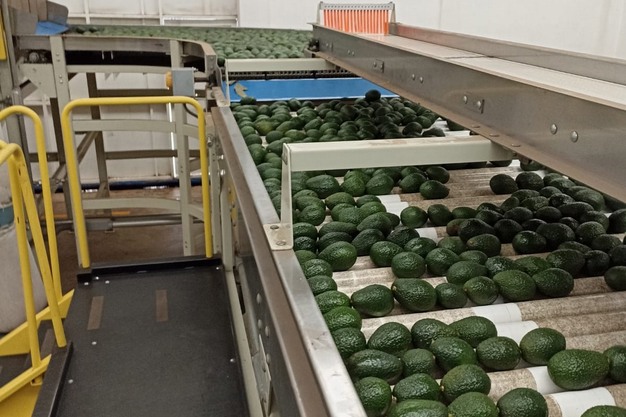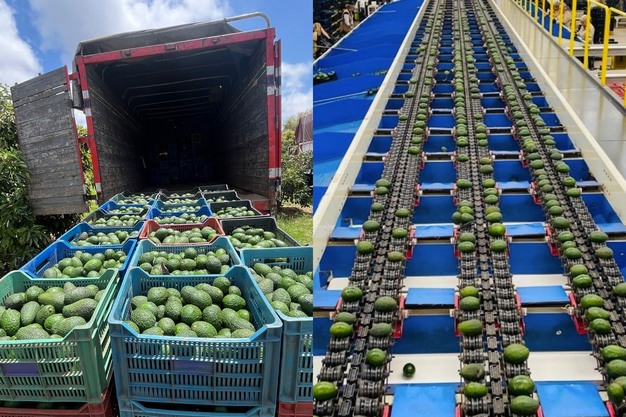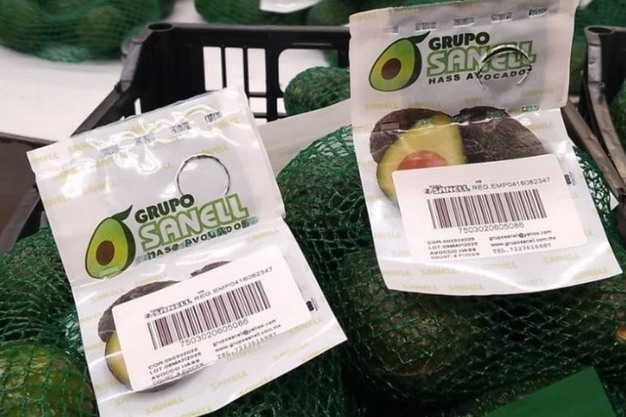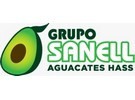During the first half of 2025, avocado production in Mexico has shown a positive trend compared to the previous year. Salvador Miranda Aguilar, general manager of Grupo Sanell, says that the rains have had a favorable impact, which translates into higher volumes and a better supply of large calibers.
"This year, more fruit is expected than in 2024, when the lack of rainfall caused a reduction in the supply and pushed prices up, which resulted in more limited competitiveness in markets such as Europe," says Miranda. Currently, Mexican production is in a period of transition, with the last batches from the previous season overlapping with the fruit from the new flowering, which has already reached adequate dry matter levels for domestic consumption and some international destinations.
 © Grupo Sanell
© Grupo Sanell
In terms of trade, the U.S. market is still the main destination, although with significant price pressure. "There are still avocados from Peru and California in the market, so competition is strong and prices are lower than in other years," says the executive.
Something remarkable about the situation in 2025 is that there's only a minimal difference between export prices to the United States and those in the domestic market. "In other years, there was a wider margin, but at the moment they are levelling out. At the moment, shipping fruit abroad or selling it locally is almost the same in terms of price," he says.
In Mexico, domestic consumption continues to absorb a significant part of the production. In addition, Central American markets such as Honduras and El Salvador also receive Mexican avocados during certain periods, although that's a more seasonal supply.
 © Grupo Sanell
© Grupo Sanell
There's still interest in diversifying destinations, with Europe appearing as a more attractive alternative this year. There are more sizes available, as well as more flexible prices, and this is opening up possibilities, although Miranda warns of a key challenge: certifications.
"In the last two years, when Europe was not a profitable market, many producers and packers did not renew the certifications required for social and chain of custody issues. Since the U.S. and the domestic market do not require them, the process was put on hold. Now that Europe is once again an option, it is difficult to resume exports without these accreditations," he says.
This factor results in limited immediate response capacity to make good use of the situation, since reactivating certifications requires time and investment.
 © Grupo Sanell
© Grupo Sanell
Other than certifications, geographical proximity is still Mexico's main strength compared to other suppliers. Shorter transit times and lower logistical costs, together with fewer restrictions, have helped both the United States and the domestic market to become the most reliable destinations for the industry.
"Europe imposes stricter requirements on waste and social certifications, while the U.S. offers more direct and less costly access," says Miranda.
 For more information:
For more information:
Salvador Miranda Aguilar
Grupo Sanell
Michoacán - México
Tel.: +52 722 125 7470
[email protected]
www.gruposanell.com
